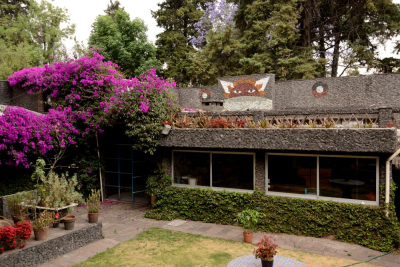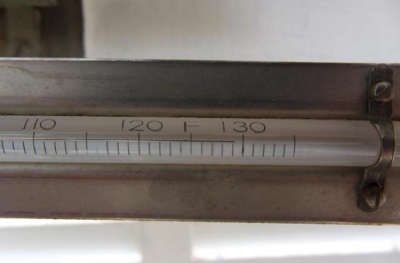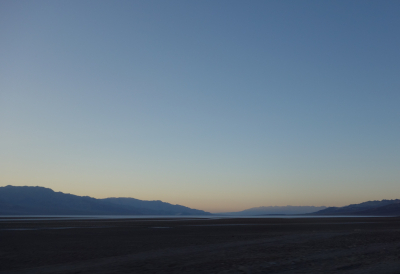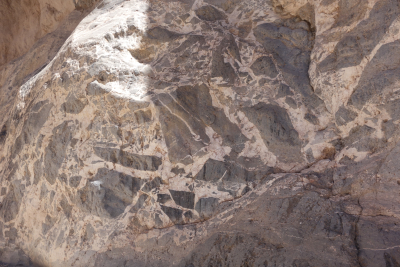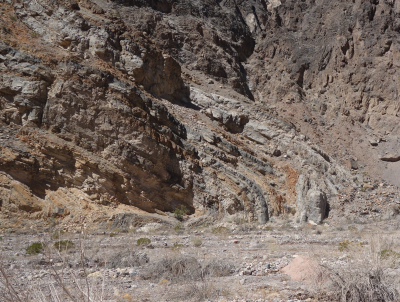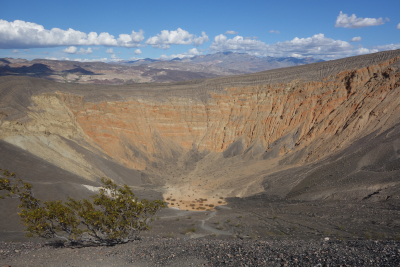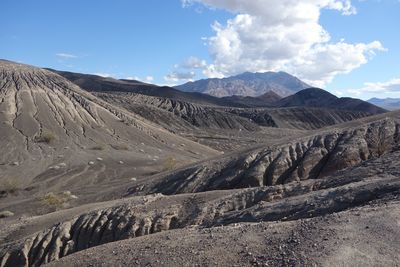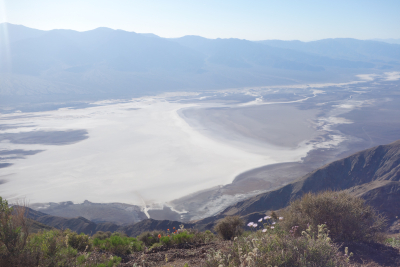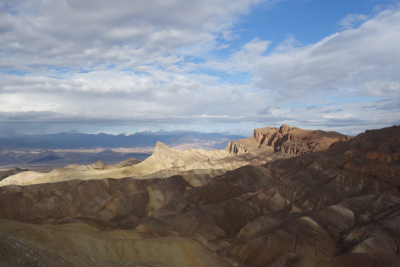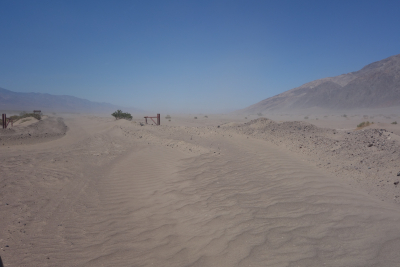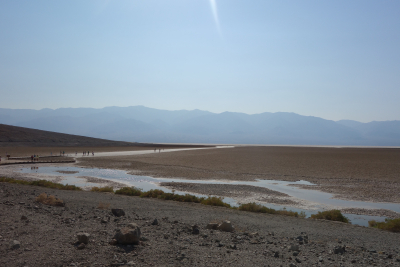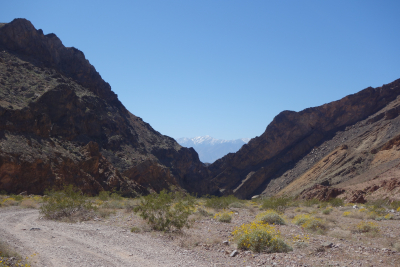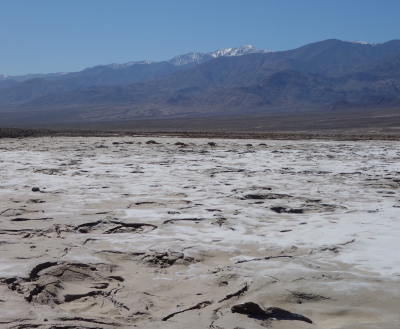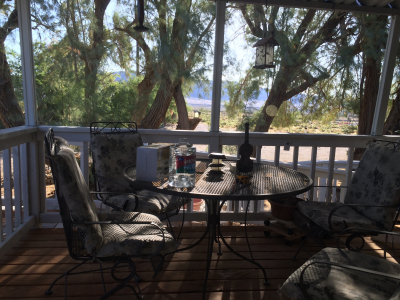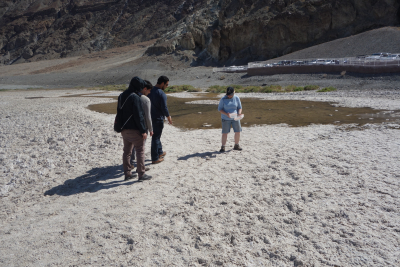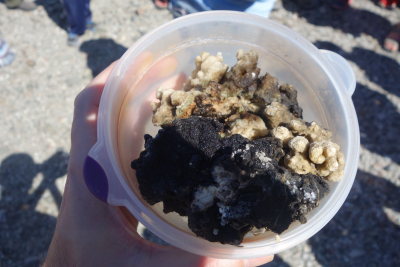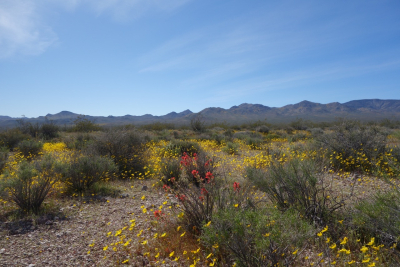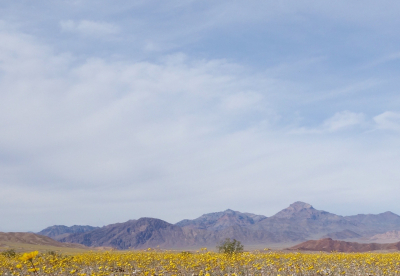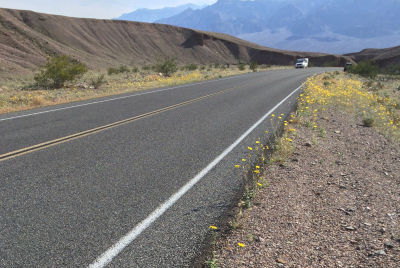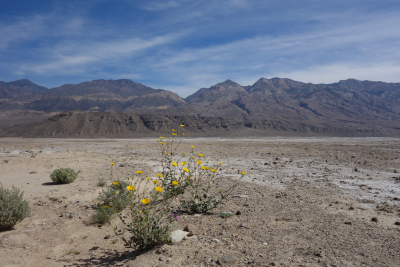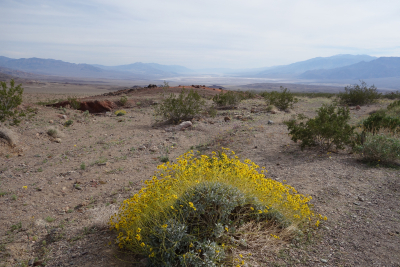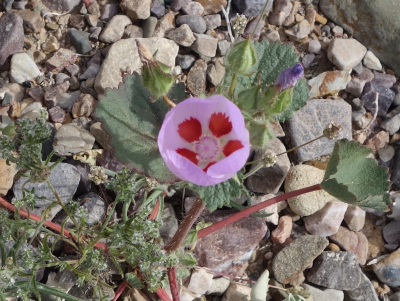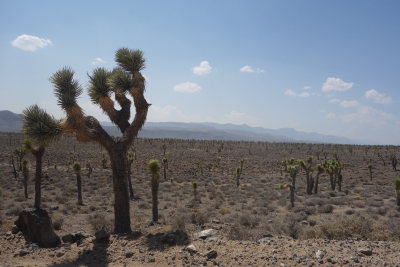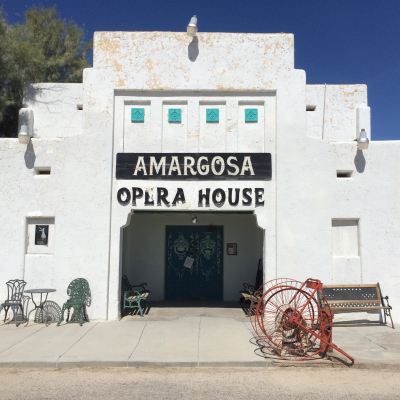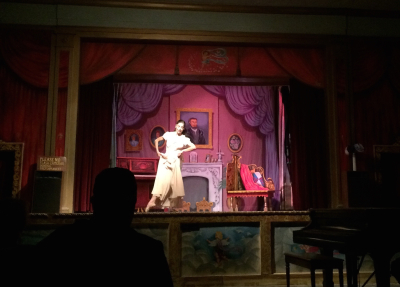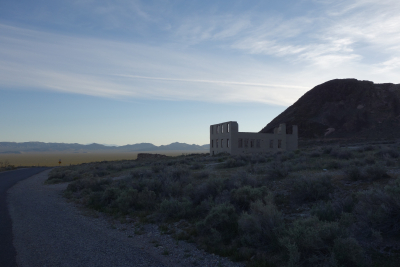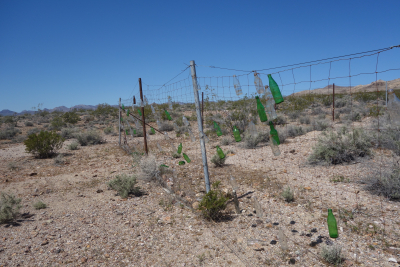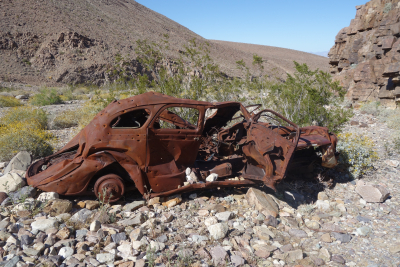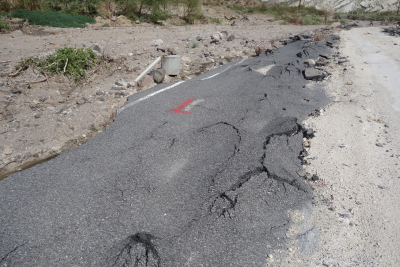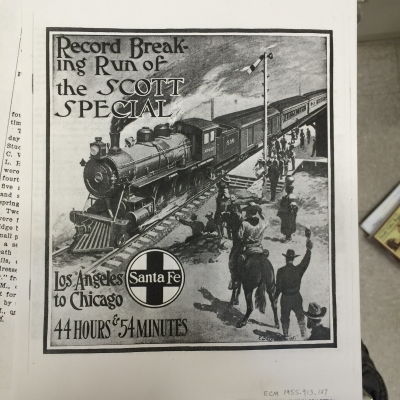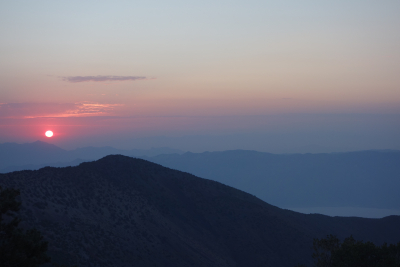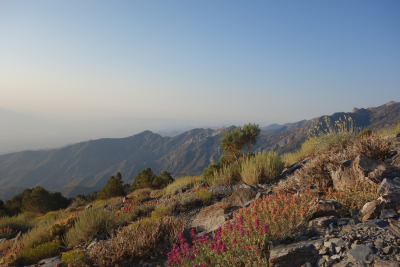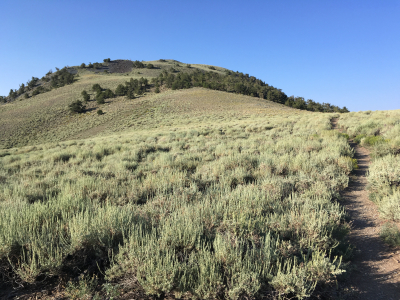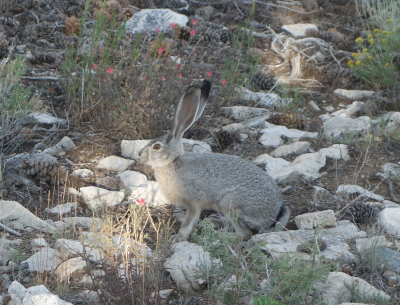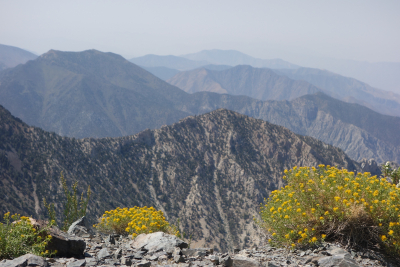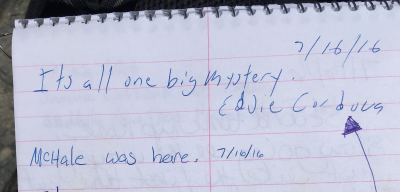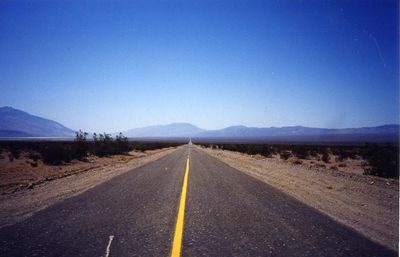Alex Ross's Blog, page 92
November 24, 2016
The Nancarrow house in Mexico City
When I wrote last summer about the uncertain future of the Thomes Mann house, I heard from the composer and new-music stalwart Charles Amirkhanian, who informed me of a similar situation affecting the former home of the great experimental composer Conlon Nancarrow, in Mexico City. His widow, Yoko Sugiura Nancarrow, must sell the property, whose conjoined structures were decorated and in part designed by the Mexican painter and architect Juan O'Gorman. Charles tells me that a buyer on the regular market is likely to tear down the complex and build a modern luxury home. Mrs. Nancarrow hopes to sell the property to a person or institution that will preserve the house, studio, and library as a study center or artist's residency. I have no idea whether posting an item here will do anything to advance that aim, but it's worth a try.
November 23, 2016
Correcting Trump
Photo from Death Valley National Park, 2013.
"You know the hottest day ever was in 1890-something, '98," Donald Trump said yesterday in a meeting with the New York Times. He seemed to have in mind the official world-record temperature that was noted at Furnace Creek, Death Valley, on July 10, 1913: 134 degrees Fahrenheit. However, as I noted in my Death Valley article, many meteorologists are inclined to doubt that measurement; no other weather station in the area recorded a temperature above 120, never mind 130, in the same period. A recent post on the Weather Underground blog, by Christopher Burt, makes a persuasive case against the 1913 report. If it were struck down — and no official decision has been made to do so — the highest temperature ever recorded would be 129.2 F, which was observed in Death Valley on June 30, 2013. The same number was recorded in Mitribah, Kuwait in July of last year. In other words, the preponderance of evidence suggests that the "hottest days ever" have occurred in the past few years, and not at the end of the nineteenth century, as Trump erroneously believes.
November 21, 2016
Appearances
On Nov. 26, the Saturday after Thanksgiving, I will be part of the multitudinous cavalcade of Wes Stace's Cabinet of Wonders. On Dec. 8, at the Deutsches Haus at Columbia, I will give a lecture entitled "Gay Wagner: Wagnerism and Homosexuality in Wilhelmine Germany."
November 20, 2016
An Aaron Cassidy moment
Members of ELISION will perform Cassidy's work at the Huddersfield Contemporary Music Festival on Nov. 22, alongside Liza Lim's How Forests Think.
November 19, 2016
November 18, 2016
Mann's house is saved
Last summer I wrote about the threat of demolition hanging over the Thomas Mann villa in Pacific Palisades, the place where Doctor Faustus was written. At the end of a frightening week, the happy news arrives that the German government has purchased the home. Frank-Walter Steinmeier, Germany's foreign minister, has declared that the house will become a cultural center and meeting place for young writers. “In stormy times like these we need more than ever cultural anchor points with our most important partner outside of Europe,” Steinmeier said. A not inconspicuous irony hangs over the announcement. Mann left the United States in 1952 because he felt that the country was going the way of Nazi Germany. "Mann had intimate knowledge of how a civilized society could turn feral in an instant," I wrote in August, with the hateful demagoguery of Donald Trump in mind. The Mann house may be safe, but America is again poised at an ominous fork in the road.
The new Stravinsky
Igor Stravinsky's long-lost 1909 work Funeral Song, whose orchestral parts were recently rediscovered in St. Petersburg, will have its modern-day première on Dec. 2, at the Mariinsky Theatre, with Valery Gergiev conducting. The performance will be carried live on Medici.tv and Mezzo.
November 17, 2016
Julia Adolphe's Viola Concerto
A Composer's Début, at the Philharmonic. The New Yorker, Nov. 21, 2016.
Reclamation
On the New Yorker web site, a follow-up Death Valley piece about the Timbisha Shoshone people and their connection to the Dakota Access Pipeline protests at Standing Rock.
November 14, 2016
Death Valley postscript
Nothing seems less relevant at the moment, but I thought I'd offer a few more thoughts and pictures related to the Death Valley article that appeared in last week's issue of the magazine — the one that said "Oh, Sweet Jesus Please God No" on the cover. The piece is unlike anything I've done in my twenty years at the magazine, and I am intensely grateful to my editors — and to Daniel Zalewski in particular — for letting escape into the desert for a little while.
As the errant scion of a long line of geologists, I was happy to return to the fold and write a bit about rocks. My grandfather Clarence Samuel Ross (1880-1975) was a longtime mineralogist and petrologist at the US Geological Survey. I hardly remember him — he died when I was seven — but we have a literary love in common, as I related on the New Yorker Radio Hour some weeks back: Willa Cather's Death Comes for the Archbishop was one of his favorite books, and it is also one of mine. Levi Noble, who developed the "Amargosa Chaos" model of Death Valley geology, was a contemporary of my grandfather's at the Survey; perhaps they ran into each other out in the dusty expanses of the Southwest. In 1996, John McPhee, author of monumental New Yorker articles on geological subjects, included my grandfather in "Balloons of War," an account of the Japanese balloon bombs of World War II. He is described there as "an oddball guy, not sociable, a damned good man on rocks." His ashes are scattered in the Valles Caldera, in New Mexico.
Darrel Cowan, my geological guide in Death Valley, was much taken with this complex of limestone and calcite in Titus Canyon:
The Amargosa Chaos in action, as geological layers are twisted at strange angles:
The astonishing volcanic landscape of Ubehebe Crater:
An overhead view of the valley, from Dante's View:
Other scenes of the ever-changing topography:
In Shoshone CA, where Darrel Cowan helps to run a facility called SHEAR:
The biologist Susanne Douglas, with her students, at Badwater Basin:
The microbial samples they brought back:
Scenes of Death Valley wildflowers:
The desert five-spot:
The healthy young Joshua trees of Lee Flat:
Pupfish, tenacious survivors of Death Valley's Ice Age lake:
The Amargosa Opera House in Death Valley Junction:
The dancer Marta Becket, who performed at the opera house for decades, is now ninety-two, and still lives in Death Valley Junction. Last summer, Jenna McClintock, a former dancer with the Oakland Ballet, revived some of Becket's dances:
The ghost town of Rhyolite, Nevada:
Dangling on a fence were the glass bottles that Chris Killmyer recorded for his sound installation RHYOLITE:
The famous lost sedan of Johnson Canyon:
A road at Scotty's Castle, obliterated by the freak storm of October 2015:
The villa itself, a lavish 1920s creation that rivals Hearst's San Simeon, is largely undamaged, although repairing the infrastructure around it will require millions of dollars:
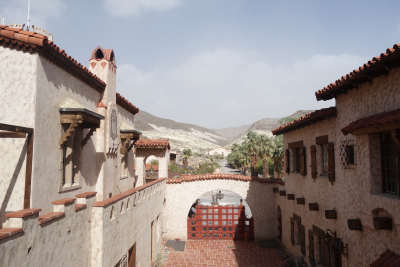
From the Eastern California Museum, in Independence CA:
Sunrise at Mahogany Flat, elevation eight thousand feet. Death Valley is the white patch on the lower right:
On Telescope Peak in August, the bloom is still in progress:
The Arcane Meadow:
A fellow hiker:
At the summit, looking south at the Panamints:
In the summit log, the meaning of life is revealed:
The panarama at the summit: first Death Valley, then the Panamints, then Panamint Valley.
The road out — the Trona-Wildrose Road in Panamint Valley. I took this picture in 1999, on my first visit to one of the world's most bizarrely beautiful places:
Alex Ross's Blog
- Alex Ross's profile
- 425 followers


